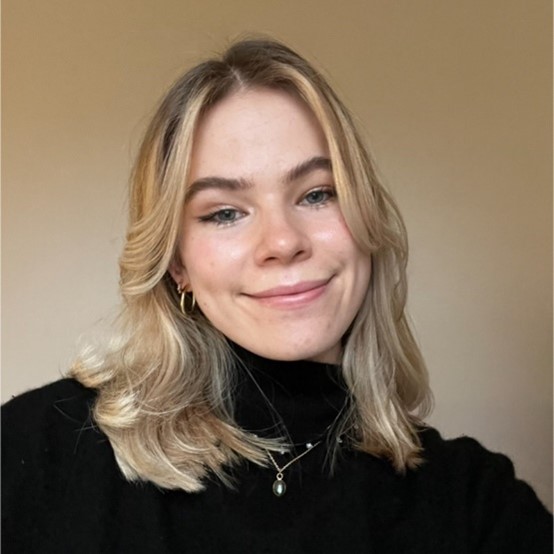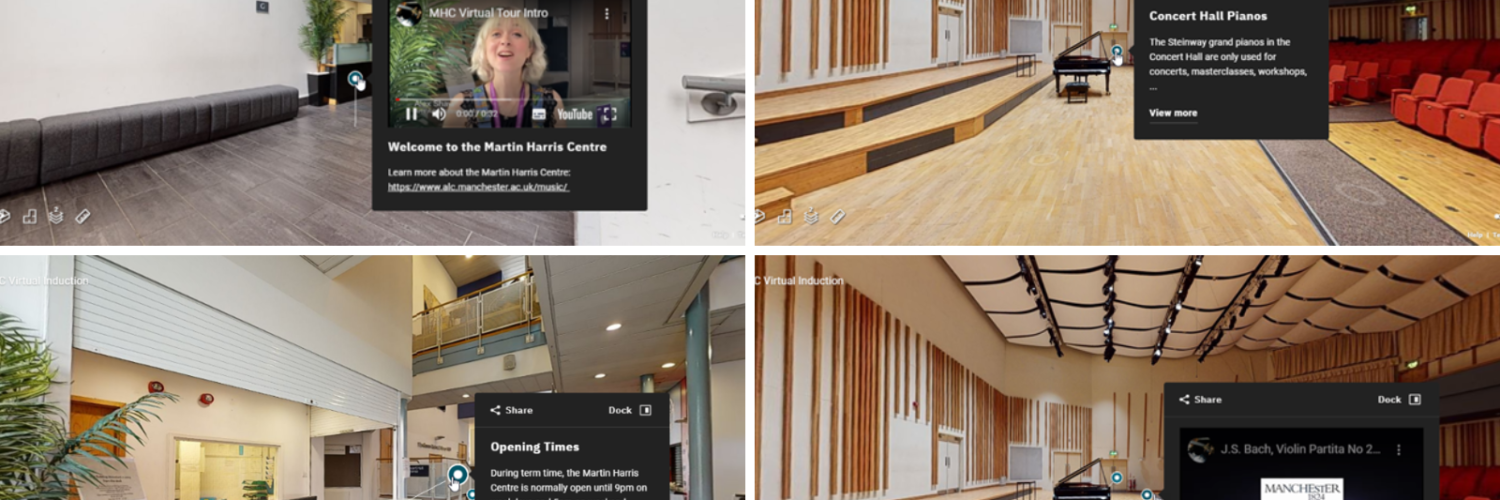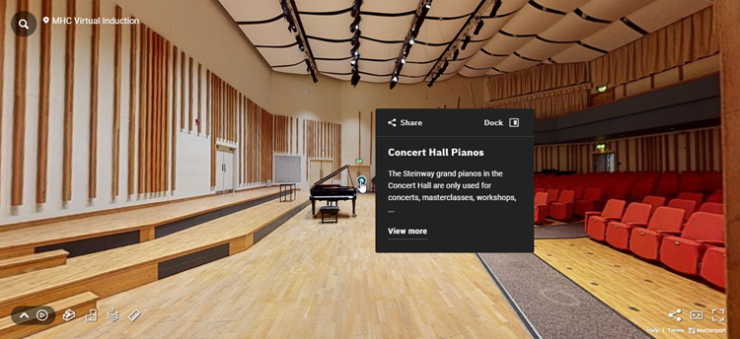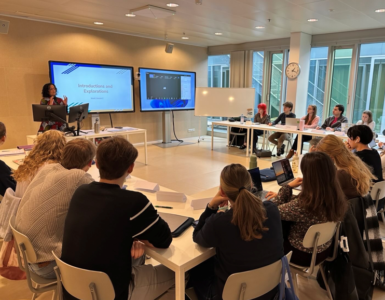by Rebecca Oldfield, Kar Stanton and Alexandra McGaughrin Cross, University of Manchester, UK.
Rehearsal is an essential ingredient in music practice and performance. Therefore, providing and managing rehearsal space for students is crucial for their development and overall degree satisfaction. The Martin Harris Centre (MHC) for Music and Drama provides such rehearsal space at the University of Manchester. It was reported by staff that rehearsal spaces were often left in an unsatisfactory condition by students, for example, with food containers, or coffee cups left on expensive instruments. Misuse of equipment could lead to costly repairs and the instruments being out of use for periods of time.
The Humanities eLearning team at the University of Manchester, alongside Alexander Gagatsis, Director of Performance and Alex Shaw, Arts Administration Manager, used Matterport to develop an online induction for new students to complete before they access the music practice spaces within the MHC.
Results
The induction consists of two elements. Firstly, students access an immersive 3D virtual model of the MHC and explore the different rehearsal and performance spaces. This virtual ‘twin’ was created using a Matterport Pro 2 3D camera, which employs a combination of photogrammetry and LIDAR technology. Users can navigate through the virtual environment freely, moving between each scanned space, or they can follow assigned pathways. Audio, text, and other visual media like videos can be imported into Matterport scan, meaning layers of information can be built upon the virtual environment to create an immersive, informative, and interactive user experience. For example, within the MHC induction, information ‘tags’ were added to explain appropriate use of spaces and instruments, and videos were added to show performances from current staff and students.

Secondly, the students are asked to undertake a short quiz to test what they have learnt from exploring the virtual model. The quiz is designed to help students learn, so they are provided with feedback when they answer incorrectly and can take the quiz as many times as needed to gain full marks; using the 3D model as a kind of open book which they can revisit to find relevant information. When students have completed the quiz, they are granted access to the music practice rooms.
Defined quiz requirement:
- Feedback on correct and incorrect answers
- Ability to take the test multiple times
- Shows results and feedback
- Customisable end screen
- Collects name and email address
- Pulls data into spreadsheet
- Attractive interface
- No login required.
After investigating several options, we decided to use Google Forms as our quiz platform as it had relatively simple UI and met the requirements above.
View a quiz here.
This immersive virtual experience serves to introduce first-year students to the impressive facilities at the MHC before their arrival on campus, establishing a code of conduct for the use of instruments and music practice spaces, as well as building a sense of excitement for their forthcoming studies.
The virtual model can be accessed here.
As of Dec 2022, the scan has been visited 329 times by 183 people. 143 students completed the online quiz.
Feedback
Alexander Gagatsis, Director of Performance, outlines the benefits as follows:
“The quiz and scan have been invaluable. The scan itself introduces first-year students to our building. First-year students engage in a productive exercise with the quiz, which keeps them entertained in August/September before their arrival. Most importantly, it has saved me and my colleagues considerable time in answering emails. A lot of knowledge was lost during the pandemic (‘how do we go about in the building’), but now with the quiz we can slowly reintroduce them to good practice (how to safely store instruments, who to contact for equipment, how to protect our pianos etc). Importantly, because it takes only a few minutes to fill-out, the quiz is something that everyone can easily complete. The scan has also been invaluable as a means of showing our building to prospective applicants who are unable to attend any of our visit days.”
Student feedback suggested more engaging content needs to be added in ‘tags’ next year. There is scope for including videos of staff members introducing spaces or instruments, and performance videos. Two performance video were included this year, but there weren’t sufficient resources or time to include more.
Pros
- For students who start university without attending an open day, the scan helps to familiarize the space and can ease apprehension
- The Matterport has a user-friendly app
- The scan is visually pleasing and easy to navigate
- The camera has a long battery life
- The scan will have longevity over a video as you can update labels according to new information, where you would have to re-film a video of a space. This is cost effective over time
Cons
- Problem solving is necessary. For example, when scanning the theatre (pictured), repeating objects (such as seating), and sloped floor confused the camera and distorted scans: re-scanning of these areas was required.
- Large spaces require multiple close scans. Pre-planning a route is advised. Consider doorways which should be open / shut and keep this consistent between scans.
- It is a time-consuming process.
Editor’s note: Rebecca, Kar and Alexandra will be presenting at the MLA seminar “Virtual tours of advanced learning spaces” on Thursday 23 February 2023, find out more and register here.
Authors

Rebecca Oldfield, University of Manchester, UK

Kar Stanton, University of Manchester, UK

Alexandra McGaughrin Cross, University of Manchester, UK
















